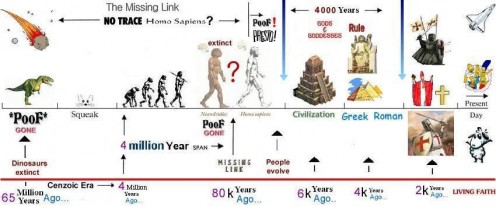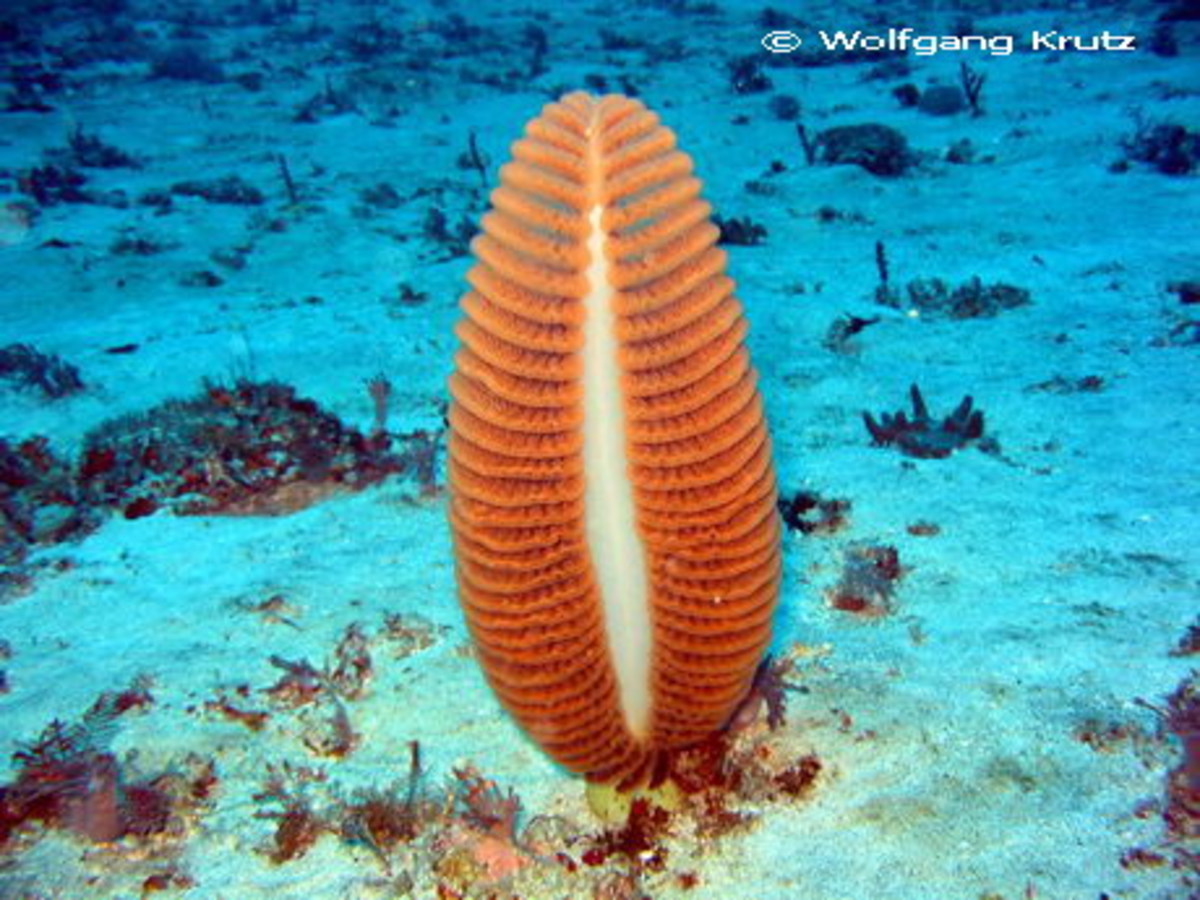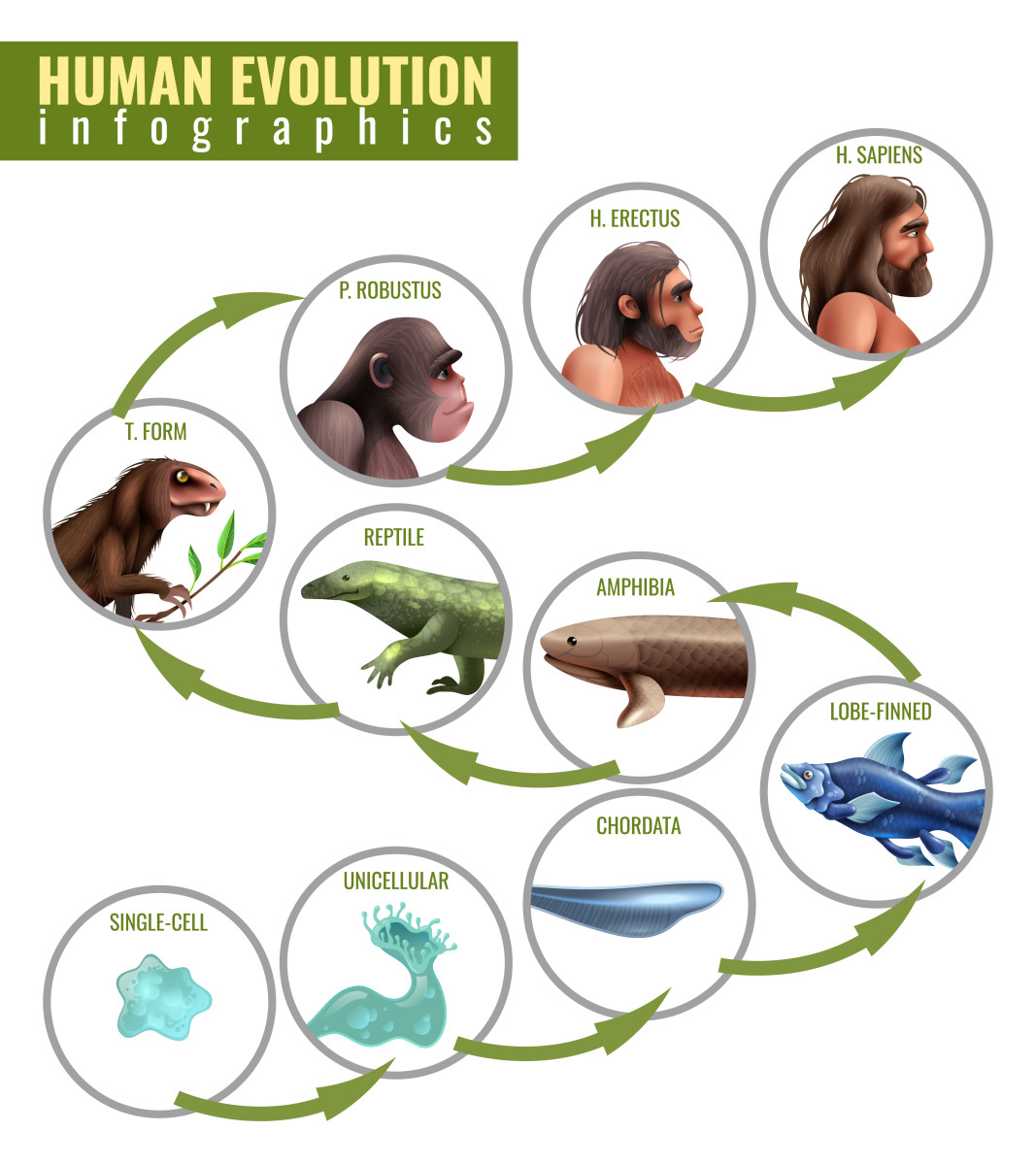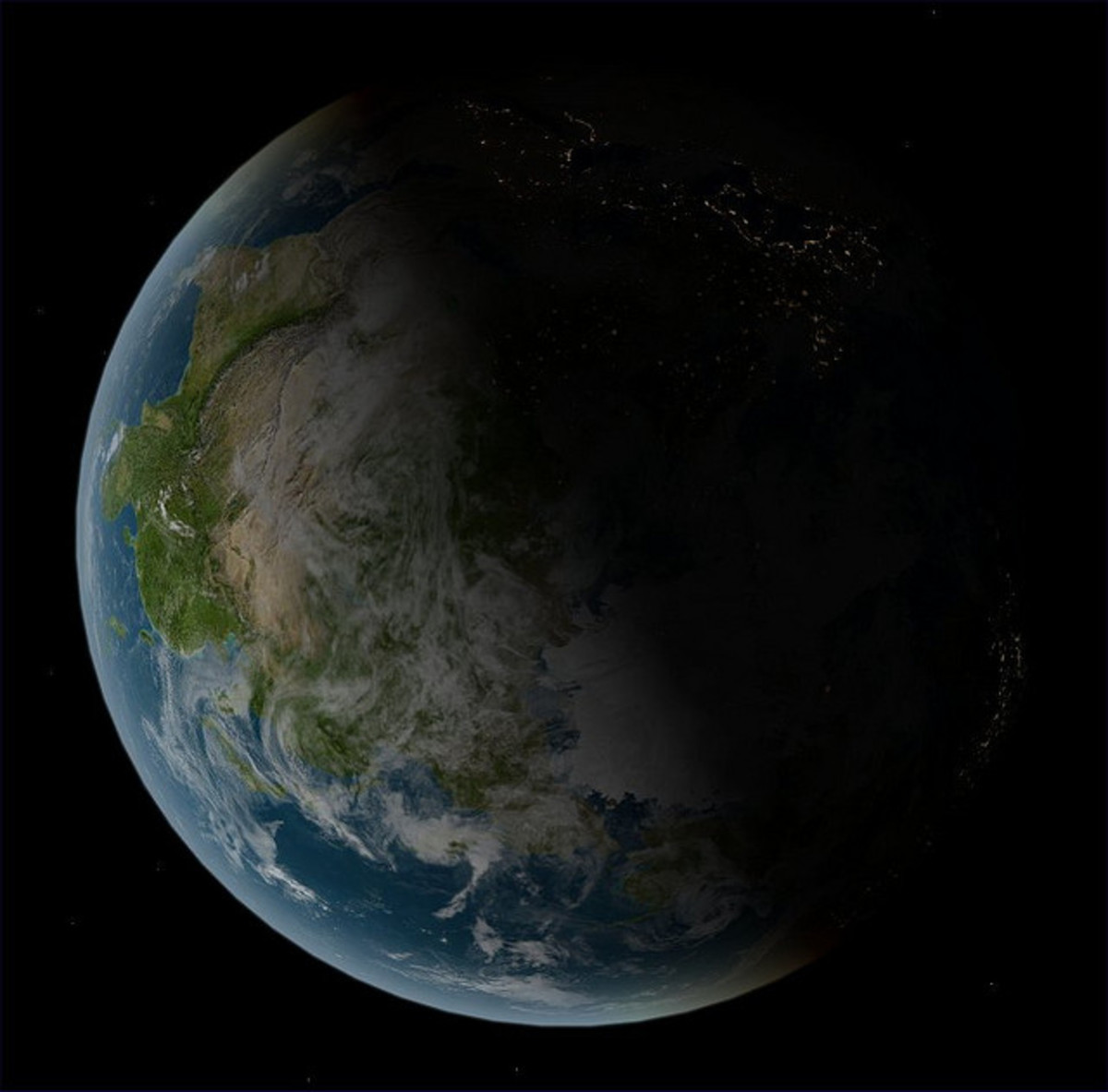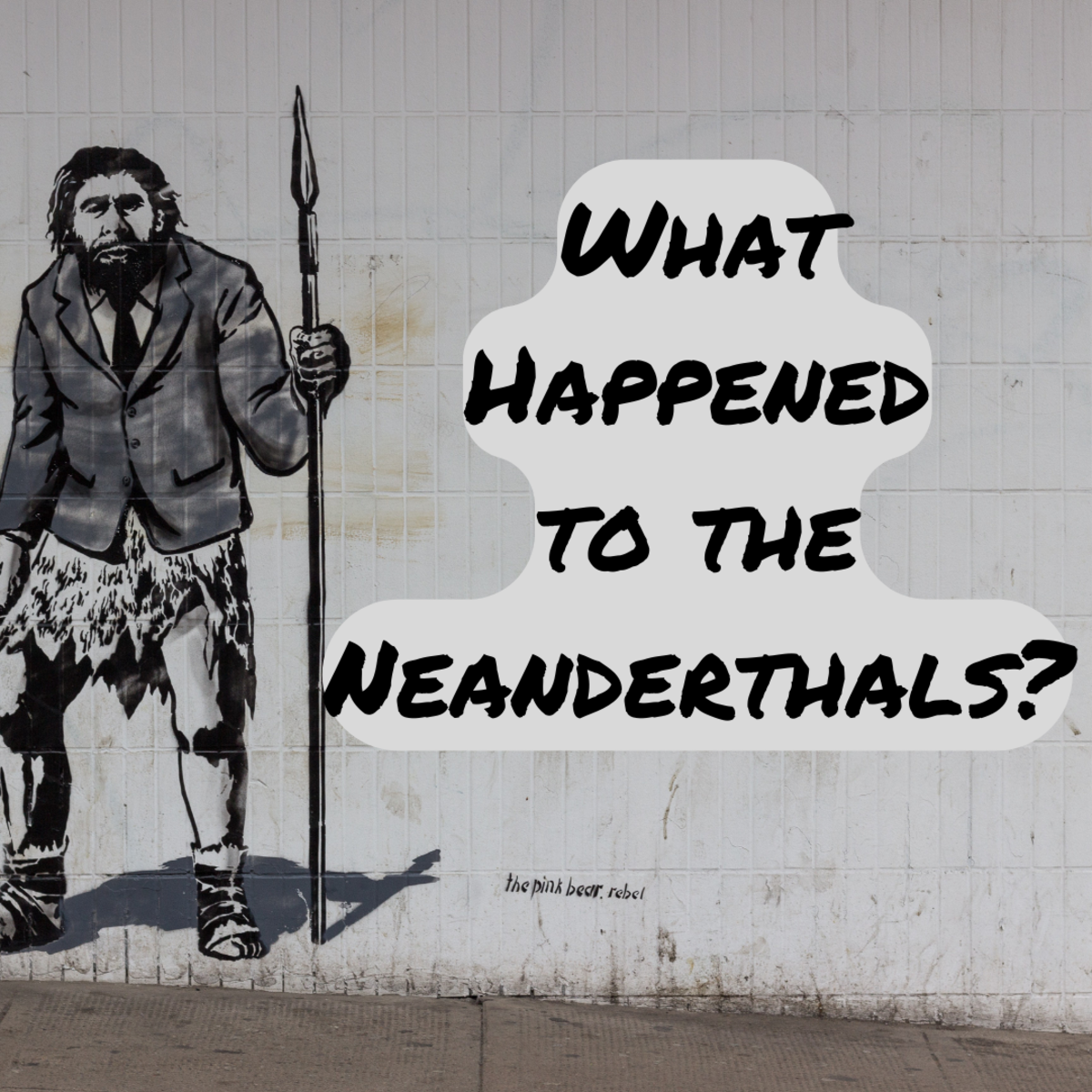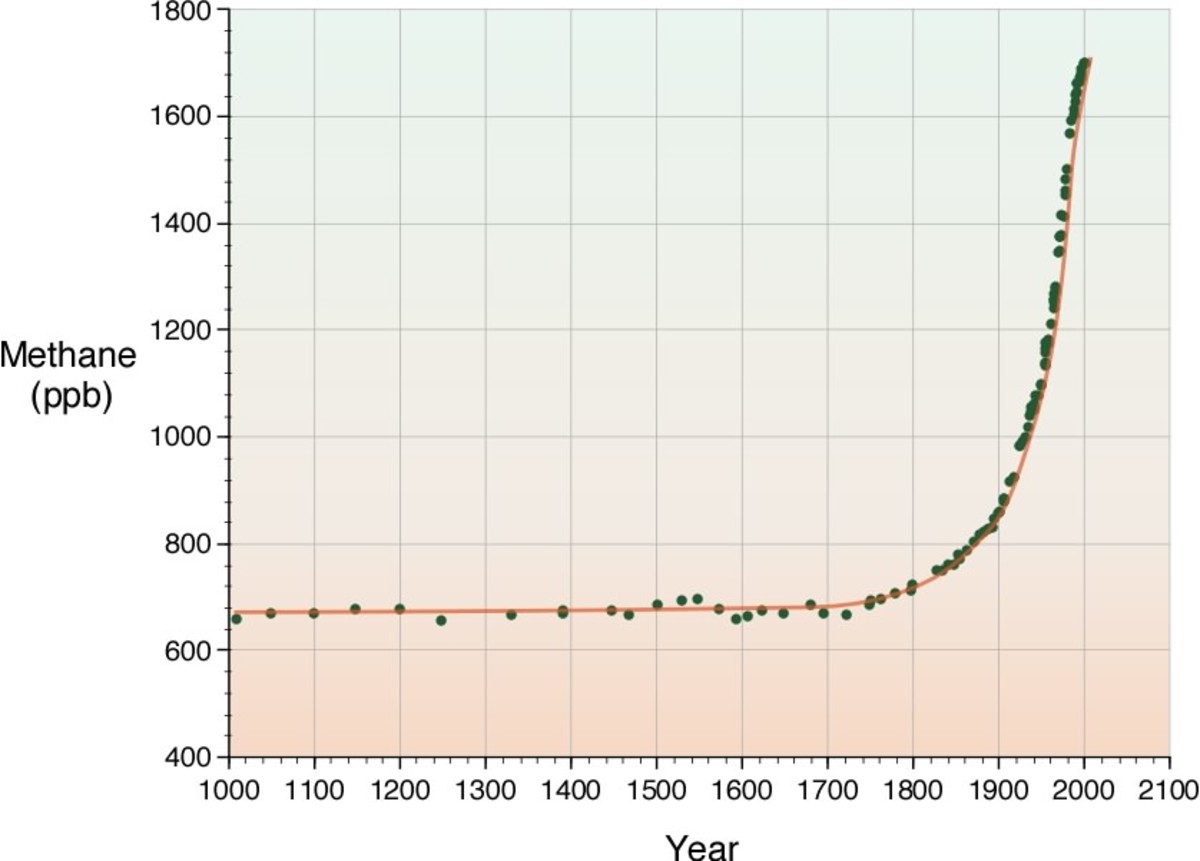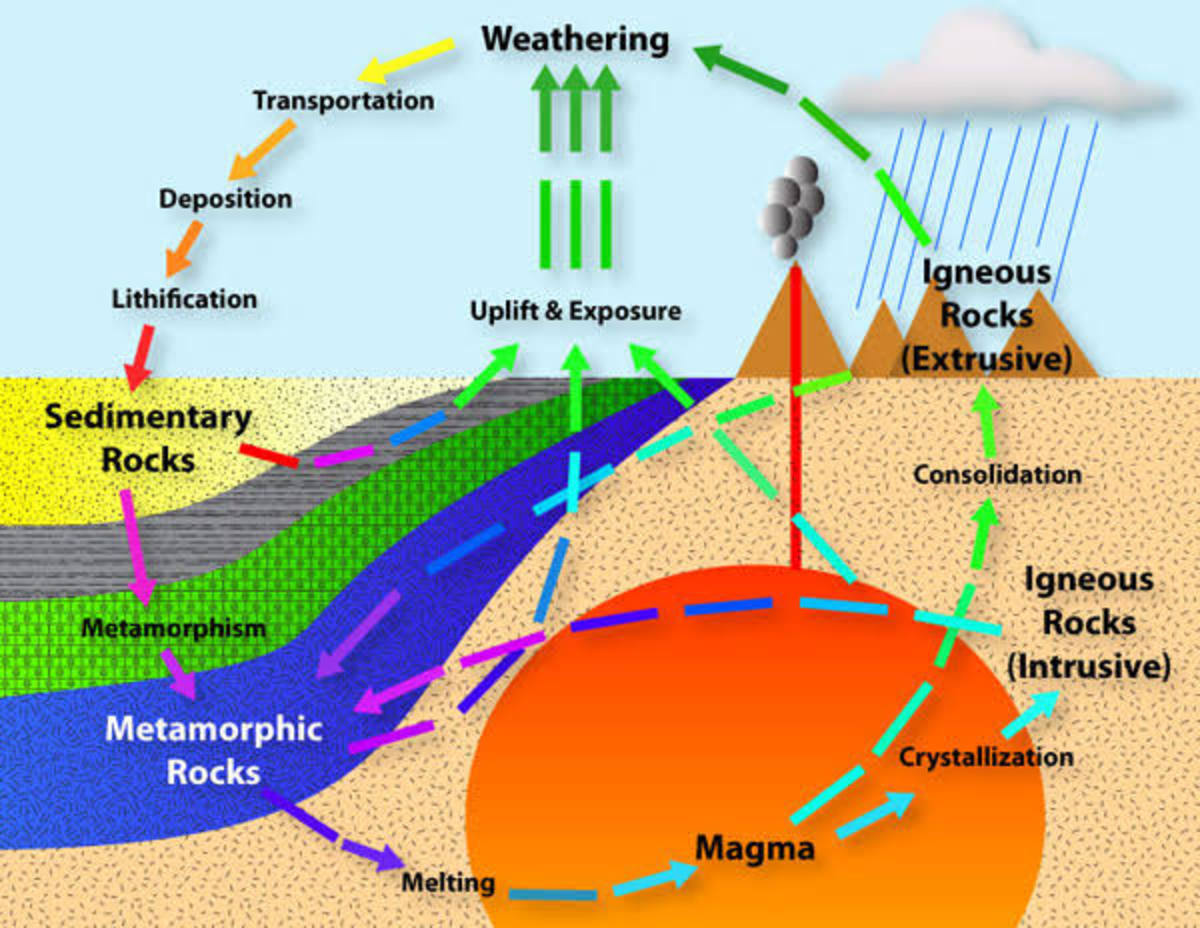Extinctions of the Earth
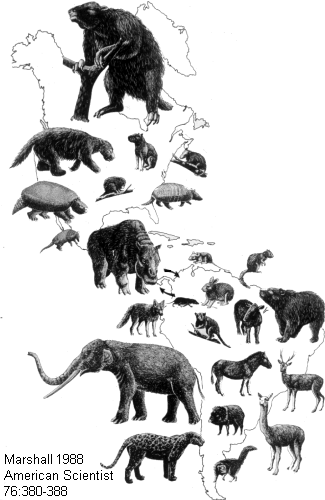
Did you know since the beginning of life on Earth there have been 20 global extinctions? Six extinctions have occurred in the past nine million years. In a past 540,000 million years there have been 5 major extinctions, the last one being 65,000 million years ago.
The last humanoid extinction was about 30,000 to 25,000 years ago. I am talking about the disappearance of the Neanderthal man. The Neanderthal man was a subspecies of current Homo sapiens. Causes for this extinction have been widely debated.
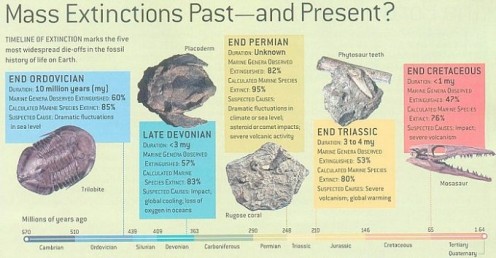
Global Extinctions
- The Precambrian Extinction: (4.6 billion years - 523 million years ago) About 650 million years ago, seventy percent of the dominant Precambrian flora and fauna perished in the first great extinction. The Precambrian extinction has been correlated with a large glaciation event that occurred about 600 million years ago. This event was of such severity that almost all micro-organisms were completely wiped out.
- The Vendian Extinction: (543 - 523 million years ago) The Vendian extinction is currently under debate as to whether an extinction event occurred or not.
- The Cambrian Extinction: (543 - 510 million years ago) According to James F.Miller of Southwest Missouri State University, research undertaken by Miller, evidence of early Ordovician sediment of
glacial origin has been uncovered in South America. Miller suggests in his hypothesis that this evidence of continental glaciation at the Cambrian-Ordovician boundary is responsible for a decrease in global climatic conditions. Such a decline in temperature is implied by Miller to destroy Cambrian fauna which are intolerant of cooler conditions, producing a mass extinction of mostly warm water species. He also suggests that a significant continental glaciation would bring large amounts of ocean water onto the land in the form of frozen glacial ice.
- The Ordovician Extinction - (510 - 438 million years ago) 2nd most devastating in Earth history and killed more than 100 families of marine life. Most accepted theory of the cause of extinction was "the glaciation of the continent Gondwana at the end of the period. Evidence for this glaciation event is provided by glacial deposits discovered by geologists in the Saharan Desert. When Gondwana passed over the north pole in the Ordovician, global climatic cooling occurred to such a degree that there was global large-scale continental resulting in widespread glaciation. This glaciation event also caused a lowering of sea level worldwide as large amounts of water became tied up in ice sheets.
- The Devonian Extinction - (408 - 360 million years ago) Evidence suggests that warm water marine species were the most severely affected in this extinction event. This evidence has lead many paleontologists to attribute the Devonian extinction to an episode of global cooling, similar to the event which is thought to have cause the late Ordovician mass extinction. Extra-terrestrial impact has also been a theory.
- The Permian Extinction - (286 -248 million years ago) Greatest mass extinction in Earth's history. It killed 90-95% of all marine species
- The Cretaceous Extinction - (144-65 million years ago) Over 85% of all species died in the End-Cretaceous extinction., making it the second largest mass extinction event in geological history. This extinction event has generated considerable public interest, primarily because of its role in the demise of the dinosaurs. Evidence of a catastrophe at the Cretaceous-Tertiary boundary is found in sediment layers which were deposited at the same time that the extinction occurred. This layer contains unusually high concentrations of Iridium, found only in the earth's mantle, and in extra-terrestrial meteors and comets. The high concentrations of Iridium in the boundary layer has also been attributed to another source, the mantle of the earth. It has been speculated by some scientists that the Iridium layer may be the result of a massive volcanic eruption. Some paleontologists believe that the widespread distribution of this Iridium layer could have only been caused by meteorite impact.
- The Holocene Extinction - (the last 10,000 years) The Holocene is the name given to the last the time since the end of the last major "ice age." Since then, there have been small-scale climate shifts -- notably the "Little Ice Age" between about 1200 and 1700 A.D. -- but in general, the Holocene has been a relatively warm period in between ice ages. Between 20,000 and two million species have actually become extinct. An average of up to 140,000 species per year. The Holocene extinction may be regarded as continuing into the 21st century.
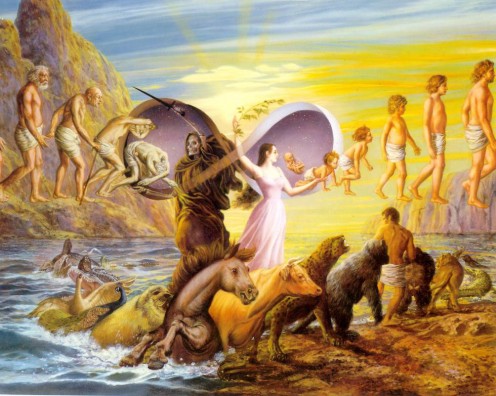
What is human extinction?? What are the current risks?
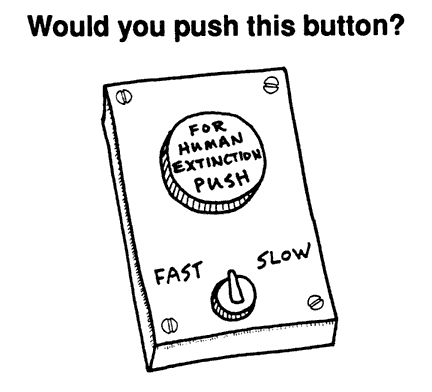
Do you think modern humans are in danger of a mass extinction?
Possible Causes of Mass Extinctions
-
Flood basalt events
- Sea-level falls
- Impact events
- Sustained and significant global cooling
- Clathrate gun hypothesis
- Anoxic events
- Hydrogen sulfide emissions from the seas
- Oceanic overturn
- A nearby nova, supernova or gamma ray burst
- Continental drift
- Plate tectonics
